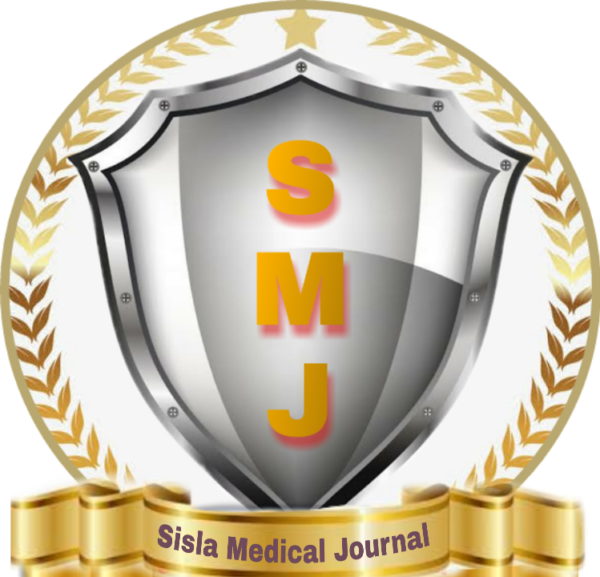Case Report
Dental Concrescence with Indication of Extraction: Case Report and Literature Review
Maximiliano Bravo Valenzuela*, Consuelo Zamorano Pérez
Doctor of Dental Medicine, Pontificia Universidad Católica de Chile, Santiago, Chile
*Corresponding author: Dr. Maximiliano Bravo Valenzuela, Doctor of Dental Medicine, Pontificia Universidad Católica de Chile, , Alfredo Barros Errazuriz, Santiago, RM, Chile Santiago, Chile.
Received: March 16, 2021; Published: April 03, 2021
Abstract
Concrescence is a rare dental abnormality, with an estimated prevalence of 0.8-1.4% in permanent dentition. The correct diagnosis prior to any treatment, surgical or not, is relevant. The purpose of this study is to report a concrescence case between a tooth with indication of extraction and an embedded third molar. A 32-year-old male patient, with a negative past medical history and unknown allergies, consulted due to intermittent pain in right maxillary zone. The periapical radiograph of the maxillary right posterior quadrant revealed a large carious defect and a periapical lytic process on the second molar, an impacted
third molar in horizontal position and a root overlapping of both teeth at the apical and mid-level with no evident periodontal space between them. With the diagnosis of asymptomatic apical periodontitis on tooth 1.7, the patient requested extraction. The previous informed consent was signed and the extraction of the second molar attached to the third molar was performed, without provoking neither oro-antral communication nor fractures of alveolar plates. The diagnosis of dental concrescence between teeth 1.7 and 1.8 was established. It is important to emphasize that the knowledge of these abnormalities by the professional, is essential to achieve the best results in our patients.
Keywords: Dental Cementum; Fused Teeth; Oral Surgery; Tooth Abnormalities; Tooth Extraction
References
- Joseph R, James S, Richard J (2017) Oral Pathology: Clinical Pathologic Correlations.
Seventh Edition Isbn: 978-0-323-29768-978-0- 323-297684. - Dąbrowski P, Nowakowski D, Gawlikowska-Sroka A, Maciuszczak I, Gronkiewicz S (2017) A case of concrescent tooth-A developmental anomaly in a 19th century skull from Uganda. Int J Paleopathol 18: 21-5.
- Sugiyama M, Ogawa I, Suei Y, Tohmori H, Higashikawa K, et al. (2007) Concrescence of teeth : cemental union between the crown of an impacted tooth and the roots of an erupted tooth. J Oral Pathol Med 36: 60-62.
- Palermo D, Davies-House A (2016) Unusual finding of concrescence. BMJ Case Rep 2016:1-3.
- Guttal KS, Naikmasur VG, Bhargava P, Bathi RJ (2010) Frequency of Developmental Dental Anomalies in the Indian Population. Eur J Dent 4: 263-269.
- Law L, Fishelberg G, Skribner JE, Lin LM (1994) Endodontic treatment of mandibular molars with concrescence. J Endod 20: 562-564.
- López N, Blanco A, López M, Flores J (2018) Concrescencia dental. A propósito de un caso clínico. Labor Dent Clin 19: 3-6.
- Yamamoto T, Hasegawa T, Yamamoto T, Hongo H, Amizuka N (2016) Histology of human cementum: Its structure, function, and development. Japanese Dental Science Review. Elsevier Ltd 63-74.
- Gunduz K, Sumer M, Sumer AP, Gunhan O (2006) Concrescence of a mandibular third molar and a supernumerary fourth molar: Report of a rare case. Br Dent J 200: 141-142.
- Tapadiya DV, Ramanojam DS, Gelada DK, Sethi DS, Oswal DN (2017) Concrescence of Erupted Second Molar and Impacted Third Molar: A Rare Case Report. IOSR J Dent Med Sci 16: 74-76
Citation:Maximiliano Bravo Valenzuela., et al. (2021) “Dental Concrescence with Indication of Extraction: Case Report and Literature Review.” Sis Med Dent Archive J 1(1): 01-05.
Copyright: 2021 Maximiliano Bravo Valenzuela., et al This is an open-access article distributed under the terms of the Creative Commons Attribution License, which permits unrestricted use, distribution, and reproduction in any medium, provided the original author and source are credited.
